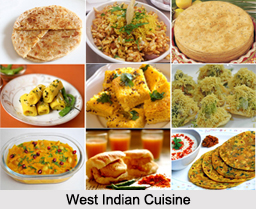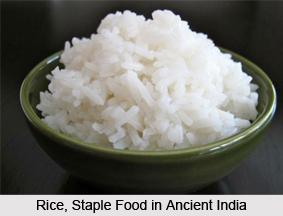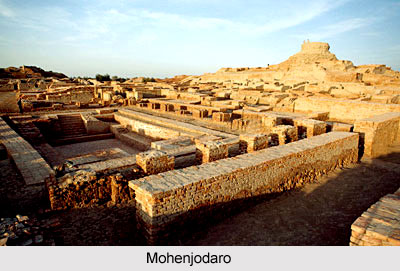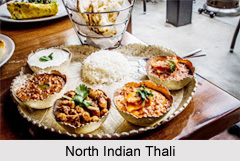Caraway is a type of plant found in the Himalayan regions and also in the plain northern areas of India. This plant is renowned throughout the country for its beneficial qualities. The exceptional qualities of the caraway were earlier recognized by the ancient Egyptians, Greeks as well as Romans and then transferred to India. The plant is well recognised for its fruits which are commonly referred as seeds. Myriad Uses of Caraway exist as culinary application, medicinal application as well as commercial application.
Caraway seeds have various uses as it contains a substantial amount of moisture, protein, fat, carbohydrates, besides ash, calcium, phosphorus, sodium, potassium, iron, thiamine, riboflavin and niacin. It also contains vitamins C and A. Its calorific value is 465 per 100 gram. Uses of Caraway are varied as a valuable essential oil, containing substantial amounts of carvone, is obtained from caraway seeds. This oil is colourless or pale yellow with a strong odour and flavour of the fruit. The volatile oil contains a mixture of ketone, carvone, a terpene and traces of carvacrol. Caraway fruits may contain 3 percent to 7 percent essential oil. The aroma of the oil is mostly dominated by carvone which is present in 50 to 85 percent and limonene, 20 to 30 percent; the other components carveol, dihydrocarveol, alpha and beta -pinene, sabinene and perillyl alcohol are of much minor importance.
Uses of Caraway are identified with its medicinal values. It is recommended to cure dyspepsia and symptoms attending hysteria and other disorders. The Caraway Seeds have admirable healing power and curative properties. The whole of the caraway plant is useful for variety of purposes. The seeds, leaves and roots all are considered to have valuable properties. The plant is useful in activating the glands, besides increasing the action of the kidneys. Caraway oil is used in medicine to relieve flatulency. It is also used to cure the nauseating and griping effects of some medicines. Moreover the distilled Caraway water is considered as a useful remedy for the children. Caraway is used in treating earache and the powder of the seeds, made into a poultice acts as a remedy for bruises. In addition to that caraway seeds sweeten the breath, improve appetite, counter heart irregularity caused by excess digestive gas, and ease menstrual cramps. The Seeds of caraway soothe the digestive tract, acting directly on the intestinal muscles to relieve colic and cramps as well as all types of bloating.
The medicinal properties of caraway seeds include diuretic, expectorant, and tonic, and are frequently used in bronchitis and cough remedies. Caraway helps the nursing mother by increasing breast-milk production. Furthermore, the diluted essential oil is a useful remedy for scabies. Caraway also stimulates the appetite. Its astringency helps in the treatment laryngitis. Carvone isolated from caraway oil is used as anthelmintic in hookworm disease. Caraway seed oil is used in oral preparations for overcoming an unpleasant odour or taste. When employed for scenting of soaps, the soap gives the characteristic. Decarvonised oil consists of limonene with traces of Carvone and it is used for scenting soaps.
Caraway has culinary properties also. It is used for flavouring breads, biscuits, cakes and cheese. It is also used as an ingredient in sausages and as a seasoning and pickling spices. The oil from caraway is useful chiefly for flavouring purposes and in medicine as a carminative to relieve flatulence. Uses of Caraway can also be seen in the commercial field . The exhausted seed, after the distillation of the oil, contains a high percentage of protein and fat which is used as a cattle food. The Caraway seeds are widely used to flavour and season rye breads, cakes, biscuits, cheeses, omelettes, pasta, soups, salad dressing, applesauce, rice, and seafood. Moreover, the Caraway leaves are used in soups, stews, and salads. The essential oil from caraway seeds is used to flavour marinades, preserved meats, confectionery, condiments, candy, ice cream, and alcoholic beverages such as aquavit and kummel.



